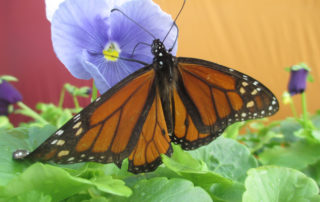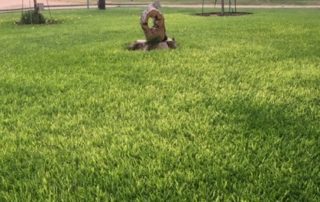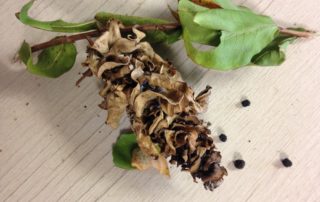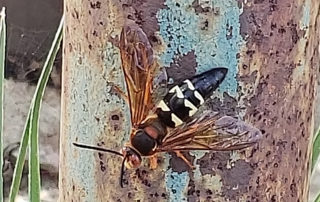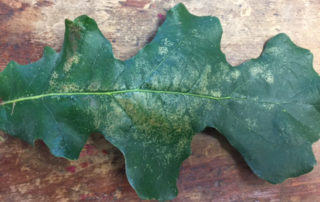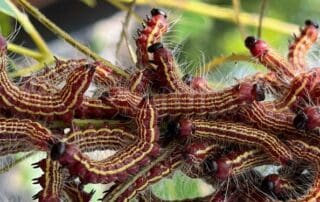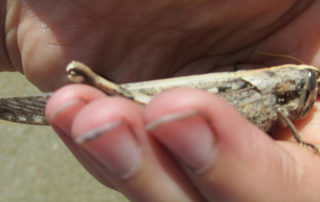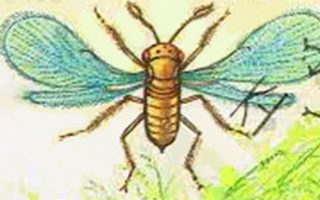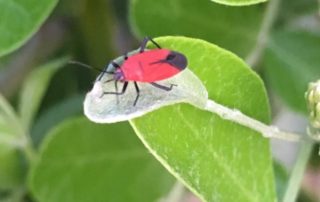Helping the Monarch Migration
Have you seen the Monarchs yet? Every year, I watch in expectation for the annual migration to pass through our area. I’ve been planting nectar plants all year in anticipation! Most of us have heard about the recent decline in the population of the Monarch, and how the use of herbicide-tolerant crops in the mid-west has limited the Monarch’s larval food plant, milkweed. We now have new information on how important the nectar plants are for the adult Monarch on the long migration to its Mexico breeding grounds in the [...]

